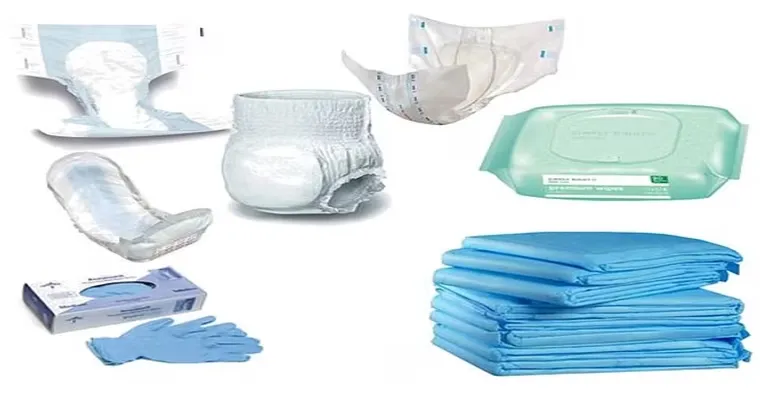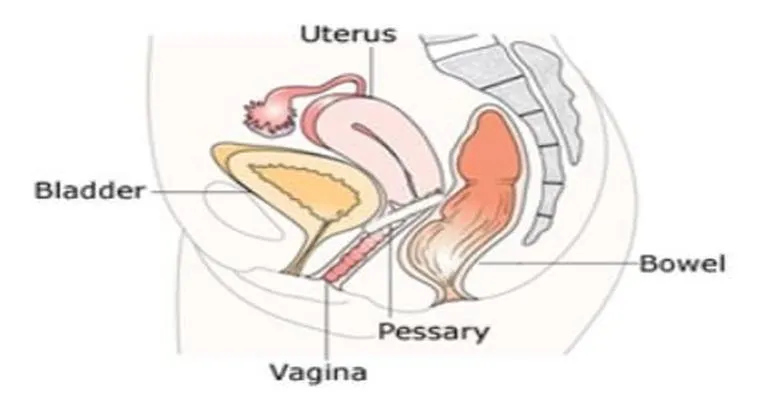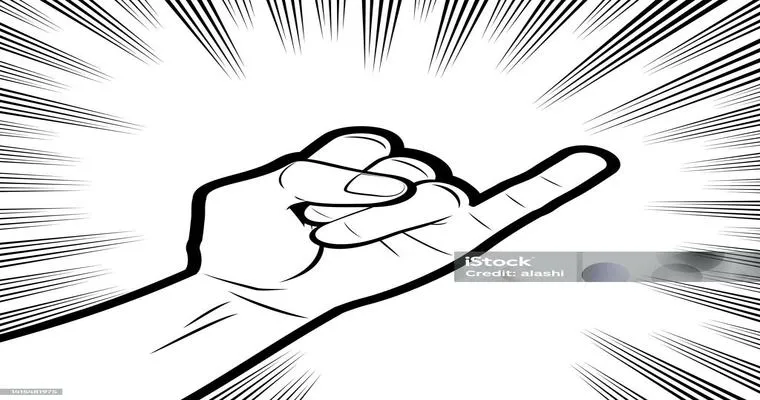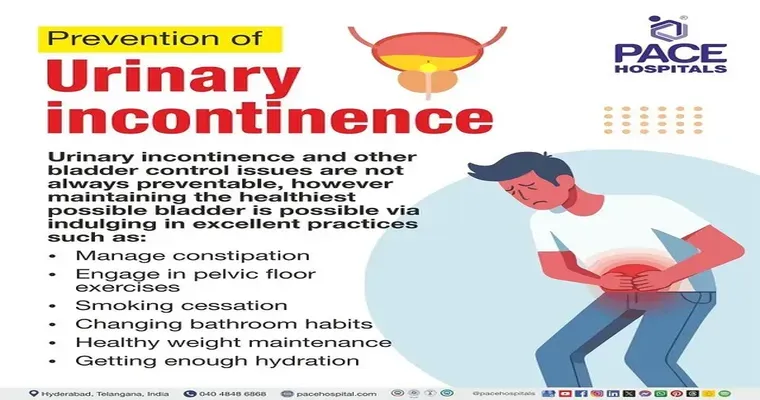Before the advent of "adult diapers" and "plastic bed pads", individuals with incontinence faced significant challenges in managing their condition. Historically, people relied on various methods and materials to handle urinary and fecal incontinence, often leading to discomfort and hygiene issues. This article explores the innovative solutions and practices that were common before these modern conveniences became widely available.
In ancient times, individuals utilized "natural fibers" and materials for absorbency. Cloth made from cotton, linen, and wool were popular choices. These fabrics were often fashioned into makeshift garments or layered under clothing to absorb leaks. Many cultures developed their own versions of absorbent cloths, which were usually washed and reused. While these methods provided some degree of comfort, they were far from ideal, requiring regular laundering and frequent changes.

The introduction of "healthcare practices" and hygiene awareness in the 19th century led to a shift in how incontinence was managed. Hospitals and caregivers began using "homemade solutions", such as folded cloths and rags, to provide some level of protection for patients. These materials were often secured with belts or pinned in place, but they lacked the effectiveness and convenience of modern products.
During the early 20th century, some individuals turned to "commercially available products" like rubber or oilcloth sheets to protect bedding. These waterproof materials helped prevent leaks from damaging mattresses, but they were uncomfortable and not breathable. The focus was primarily on protecting surfaces rather than providing comfort for the individual.
As the century progressed, innovations in "absorbent materials" began to emerge. Some manufacturers started producing simpler versions of bed pads and protective garments, but they were not widely accessible or affordable for everyone. Many families continued to rely on traditional methods, often improvising with whatever materials they had on hand.

The latter half of the 20th century saw significant advancements in medical technology and a growing awareness of incontinence as a health issue. This shift paved the way for the development of "disposable adult diapers" and "plastic bed pads" that offered superior absorbency, comfort, and convenience. These products revolutionized the way incontinence was managed, allowing individuals to maintain their dignity and quality of life.
In conclusion, before the creation of "adult diapers" and "plastic bed pads", people employed a variety of makeshift solutions that often lacked effectiveness and comfort. The evolution of materials and practices reflects a growing understanding of hygiene and the needs of individuals with incontinence. Today, modern products provide a level of convenience and dignity that was once unattainable, transforming the experience for countless individuals and their caregivers.




